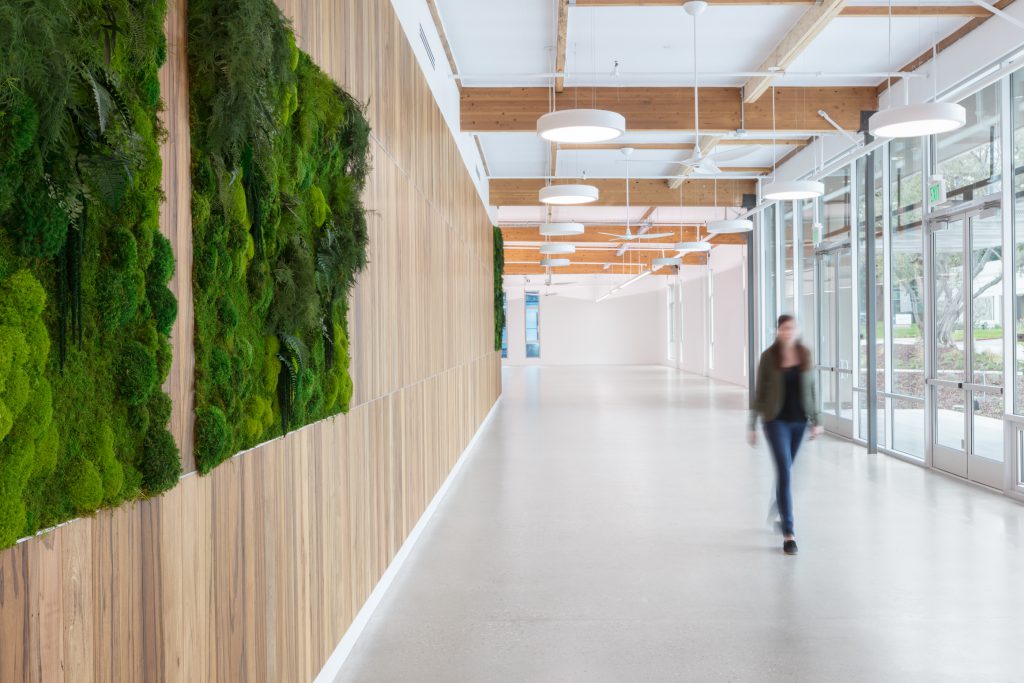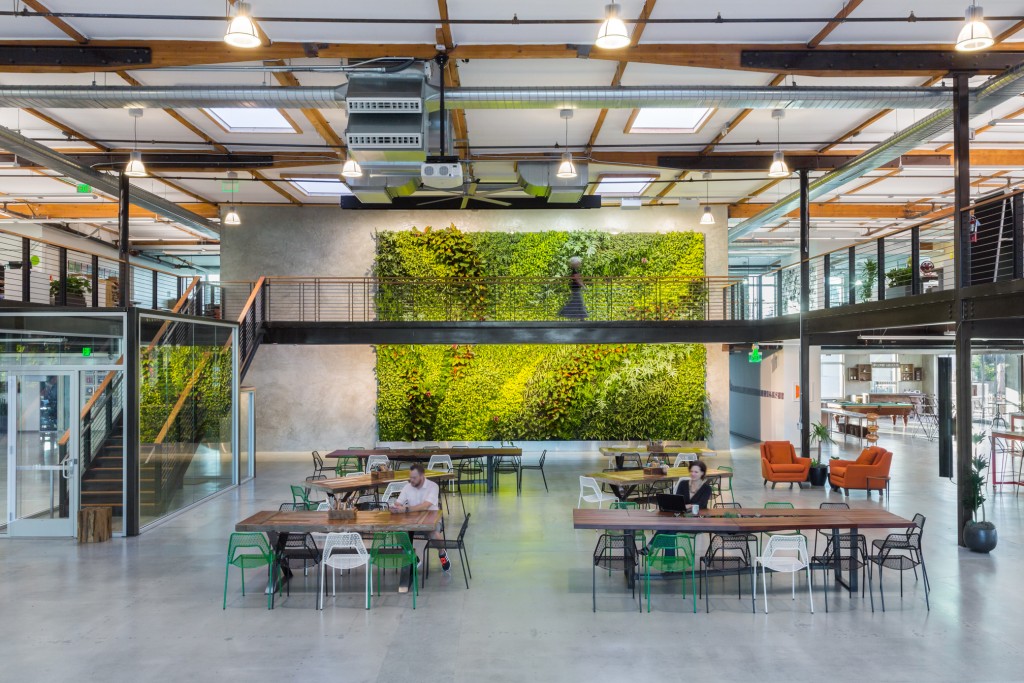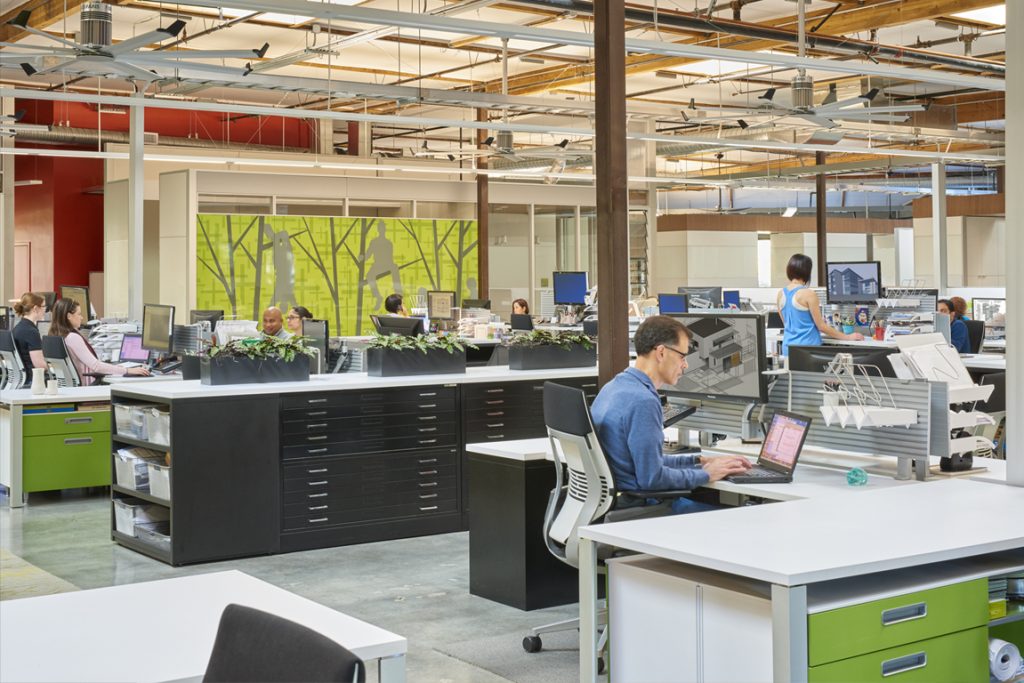
Recent concern about COVID-19 has had many building owners and tenants revisit air quality amid the concerns of the spread of the virus — both fresh outdoor air and increased filtration play a major role in minimizing the spread of the virus within buildings. For many people, the health risks from exposure to indoor air pollution may be greater than those related to outdoor pollution.
According to the US Environmental Protection Agency (EPA), Americans spend an average of 90 percent of their time indoors. Indoor air pollutants are common in all buildings, typically emitted from furnishings, equipment, materials, and occupants. Steve Stenton, Sustainability Director for RMW says “Reducing pollutants through, for example, the selection of low-emitting materials can help indoor air quality. Ventilating with “fresh” outside air, and minimizing “recirculation” of air, can play a vital role in maintaining good indoor air quality.” Air filters also play an important role in helping to remove airborne contaminants, whether from outdoor air or recirculated air – MERV-13 filters or higher yield the best results.

“Building healthy work environments that help people thrive and companies prosper has been a priority for Hillhouse Construction for years,” comments Ken Huesby, CEO of Hillhouse Construction.
“With the heightened awareness on health and wellness, our Zero Net Energy building clients who recognized the positive economics of energy reduction and on-site energy production, can now recognize the economic benefits of getting their employees back to work in the office. The building’s natural fresh air flushing process through operable windows and skylights are providing enhanced healthy building protocols for returning employees.”
“The business case for High Performance Buildings (HPBs) traditionally cites energy savings and increased asset value as the most appealing incentives. But another – and arguably greater – form of enhanced value creation that comes through HPBs is rarely discussed: HPBs benefit the people who occupy them, which in turn produces significant positive impacts on a company’s bottom line… 43% of the total value comes from enhanced employee productivity, 41% from increased employee retention, 7% from improved employee wellness, 7% from utility savings, and 2% from maintenance savings. Given this breakdown, human-centered design should be a critical consideration when creating an HPB.“ (High Performance Buildings-STOK Paper)

Carol Sandman, owner of AP+I Design, shares about the difference this strategy has made for her office. “The ability to have outdoor air in our office, from both our skylights and our operable windows, is amazing! I’ve had countless numbers of visitors tell me over the last 4½ years that our office smells “fresher than other offices” when they enter. I think having controllable access to windows, whether from a fresh air standpoint or a cooling/airflow standpoint, makes a big difference on employee happiness and their health. When our offices open after the shelter-in-place shut down, we will have our skylights open during the day to increase airflow. It’s a win-win in every way.”
“We (SHARP Development) have completed 4 ZNE projects in the Silicon Valley with a very strong emphasis on the Health and Wellness of the occupants with Hillhouse Construction.” Real estate developer, Kevin Bates further comments: “All four projects have been quantifiably more profitable, than had we built them to meet minimum code. In order to execute these projects cost-effectively, we are required to take a very holistic approach, and Hillhouse’s ability to collaborate, and add value through both the integrative design and construction processes were invaluable.”
We welcome the opportunity to help you to explore high-performance building strategies and how integrating outside air can improve comfort, productivity, safety and energy efficiency.
 (408) 467-1000
(408) 467-1000